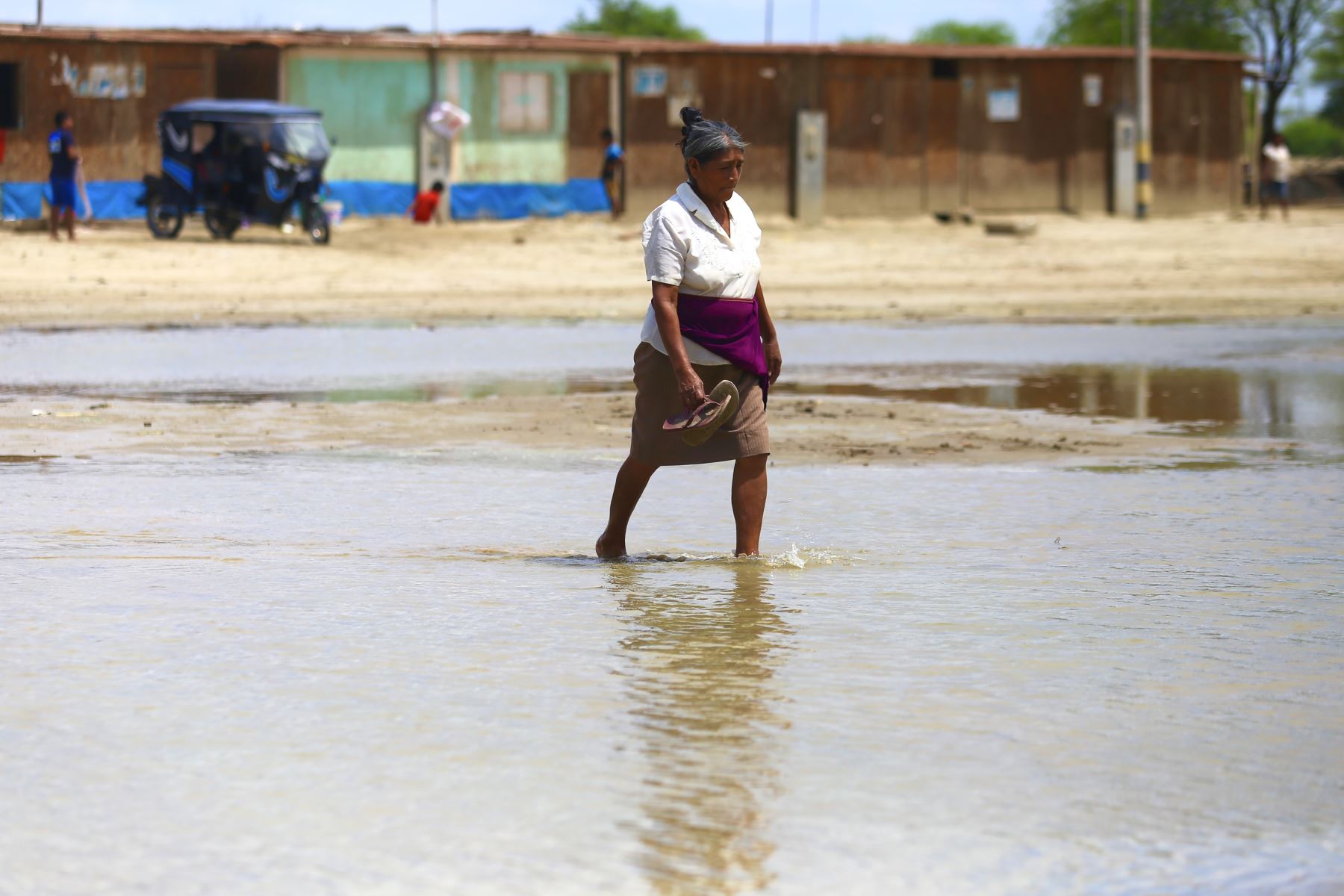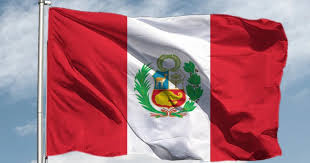
LIMA, March 28 (NNN-ANDINA) — A total of 452 districts on Peru’s northern coast and highlands are currently at risk of landslides, debris flows, or other type of slippage of earth, the National Center for Estimation, Prevention and Disaster Risk Reduction (Cenepred) reported based on the forecast issued by the National Meteorology and Hydrology Service (Senamhi).
This is due to the moderate-to-extreme intensity rains that will continue to fall from March 27 to March 29.
According to the risk scenario report prepared by Cenepred, Cajamarca region hosts the largest number of districts at very high risk (61).
Next in line are Ayacucho (36), Ancash (36), La Libertad (30), Piura ( 26), Arequipa (22), Huancavelica (16), Lima (11), Lambayeque (3), Apurimac (3), Huanuco (1), Tacna (1), and Moquegua (1), making a total of 247 districts. Similarly, 205 jurisdictions in said regions, in addition to Junin, Pasco, Puno, and Tumbes, are at high risk.
According to Senamhi’s forecast, snow, hail, and sleet will also fall. Besides, rains will be accompanied by electrical storms and gusts of wind up to nearly 35 kilometers per hour.
On the other hand, hail is likely to occur in localized areas above 2,800 meters. As for snow, towns in Peru’s southern and central highlands, situated at an elevation of above 4,000 meters, are expected to see around 7 centimeters of accumulation. Likewise, localised rain of light-to-moderate intensity is expected to fall on the central and southern coast.
Rains are expected with an accumulated rainfall of above 50 mm/day in the northern highlands, over 22 mm/day in the central highlands, and close to 25 mm/day in the southern highlands. In addition, rainfall of more than 70 mm/day is expected in Tumbes and along the coast of Piura.
Senamhi alerted about 170 provinces in 21 regions: Amazonas, Ancash, Apurimac, Arequipa, Ayacucho, Cajamarca, Cusco, Huancavelica, Huanuco, Ica, Junin, La Libertad, Lambayeque, Madre de Dios, Moquegua, Pasco, Piura, Puno, Tacna, Tumbes, and Lima.
Regarding the Peruvian rainforest, Senamhi announced that moderate-to-strong rains will occur, with electric storms and gusts of wind up to nearly 40 kilometers per hour.
The accumulated rainfall is likely to reach more than 40 mm/day in the northern jungle, over 35 mm/day in the central jungle, and nearly 35 mm/day in the southern jungle.
The following 9 regions are likely to be affected: Amazonas, Ayacucho, Cusco, Huanuco, Junin, Loreto, Pasco, San Martin and Ucayali, which includes 41 provinces on alert.
Meanwhile, the Ollantaytambo-Machu Picchu railway was blocked at the 110th kilometer after the slides of mud, land, rocks and trees due to heavy rains, the Municipality of the Machu Picchu Town reported on Monday.
Debris covered the rails in the Cedrobamba and Rocotal sectors, at the 101st and 109th kilometers of the aforementioned railroad. This forced companies that provide railway service to and from Machu Picchu to suspend their operations.
The head of the Civil Defense platform and Mayor of Machu Pichu, Elvis La Torre, coordinates immediate actions with public security authorities, the Risk Management Office, and the Peruvian rail firm Ferrocarril Transandino (Fetransa), in a bid to verify the damage and confirm its prompt repair by the concessionary company.
According to the report, monitoring and verification tasks are carried out continuously by the Municipality in order to preserve the safety of people, since the place is a transit area for national and foreign tourists, as well as the population itself.
The Municipality of Machu Picchu Town confirmed that members of Trans-Andean Railway staff, are clearing the railway line with the support of heavy machinery, following the slides of slope material onto the railway in the Cedrobamba sector. — NNN-ANDINA





